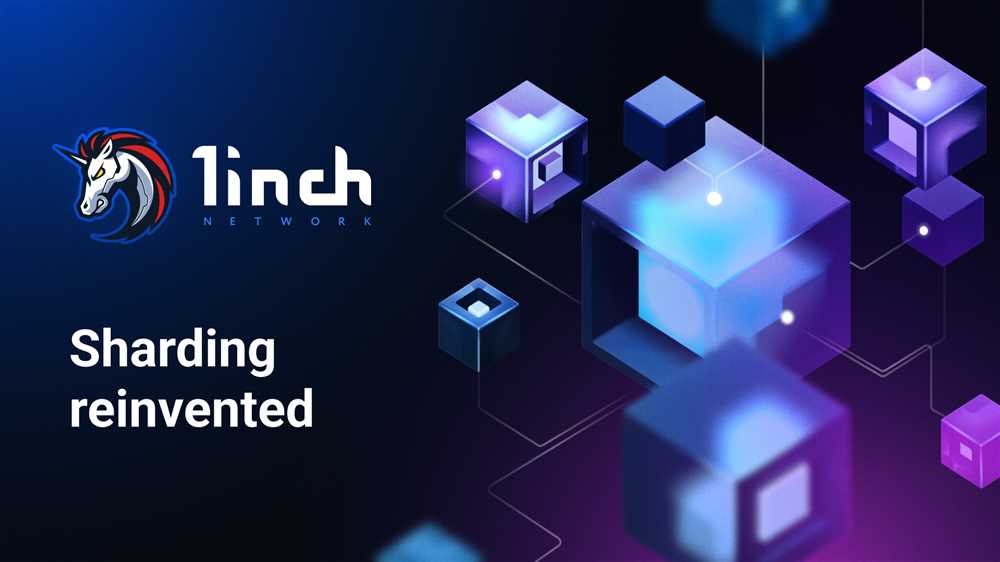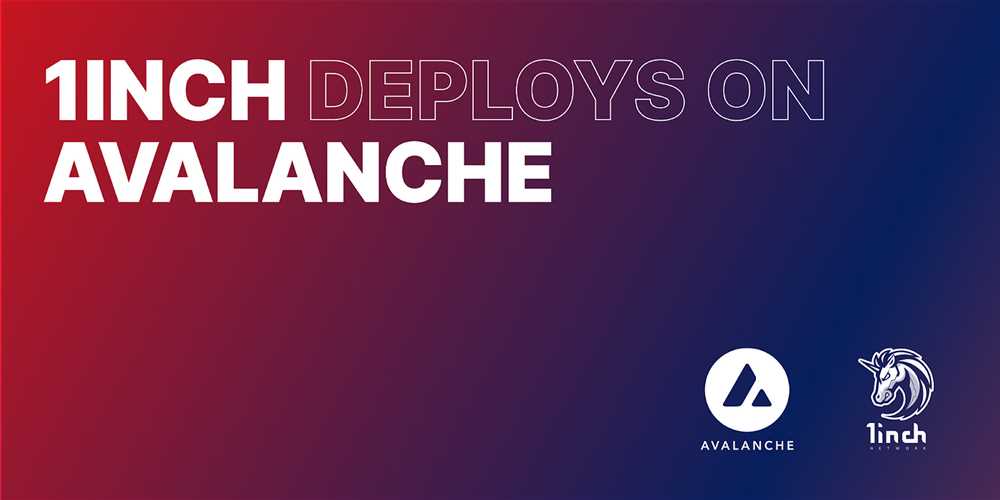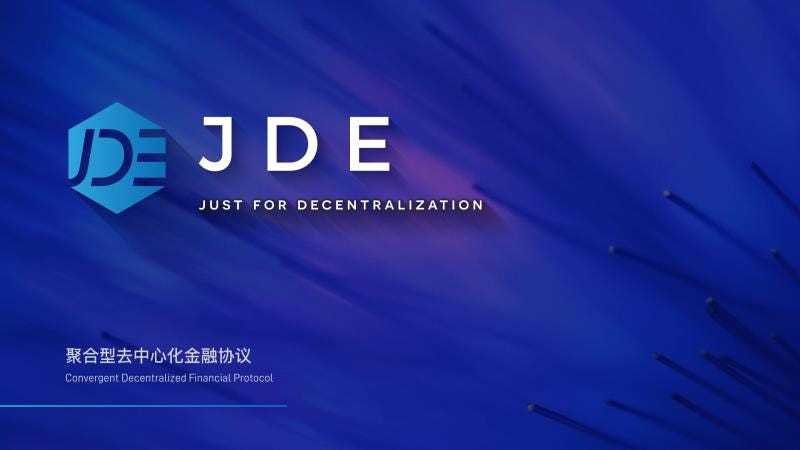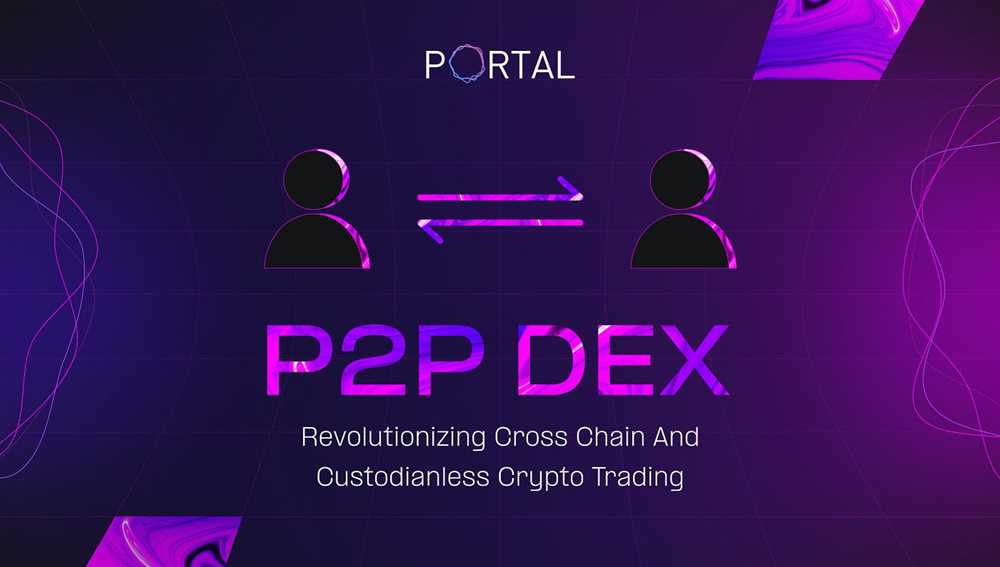Exploring the Inner Workings of 1inch: A Comprehensive Analysis of the Protocol’s Operations in the Whitepaper

The decentralized finance (DeFi) space has grown exponentially in recent years, offering users unprecedented opportunities to engage with various financial services without the need for intermediaries. One of the most innovative projects in this space is 1inch, a decentralized exchange aggregator that intelligently sources liquidity from different decentralized exchanges (DEXs) to provide users with the best possible trading rates.
1inch operates based on a unique algorithm that ensures optimal execution for traders. In this article, we will delve into the mechanics of 1inch and examine its operations through the whitepaper. By understanding the inner workings of this protocol, users and investors can gain a deeper appreciation for the technology behind it and make informed decisions regarding its use.
The 1inch protocol provides users with access to the liquidity of multiple DEXs by splitting a single trade into multiple smaller trades across different exchanges. By doing so, 1inch is able to achieve better prices for users as it taps into the liquidity pools of multiple exchanges simultaneously. This approach is known as “DEX aggregation” and is a key feature of 1inch’s mechanics.
Furthermore, 1inch leverages an intuitive and efficient routing algorithm to determine the best trading route for a given trade. The whitepaper details the specifics of this algorithm, including how it calculates optimal paths and minimizes slippage. Understanding this algorithm can help users better navigate the decentralized exchange landscape and make more profitable trades on 1inch.
In summary, the mechanics of 1inch revolve around its unique approach to decentralized exchange aggregation and its sophisticated routing algorithm. By delving into the whitepaper and gaining a deeper understanding of these mechanics, users can harness the full potential of 1inch and leverage its advantages to enhance their trading experiences in the DeFi space.
Key Concepts and Definitions

In order to understand the mechanics of the 1inch protocol, it is important to grasp some key concepts and definitions:
Decentralized Exchange (DEX): A decentralized exchange is a platform that allows for the peer-to-peer exchange of digital assets without the need for intermediaries such as banks or brokers.
Automated Market Maker (AMM): An automated market maker is a type of decentralized exchange that uses a mathematical formula to determine the price of an asset based on its supply and demand. AMMs provide liquidity by using liquidity pools.
Liquidity Provider (LP): A liquidity provider is an individual or entity that supplies liquidity to a decentralized exchange by depositing their assets into liquidity pools. In return, liquidity providers earn fees from the trades made using their liquidity.
Swap: A swap refers to the process of exchanging one digital asset for another. In the context of the 1inch protocol, swaps are executed utilizing the liquidity available in different AMMs to find the best possible trade execution.
Path: A path refers to the collection of liquidity pools that can be used to execute a swap. Each pool in the path represents a different AMM and provides liquidity for a particular asset pair.
Aggregation: Aggregation involves searching for the best possible prices and liquidity across multiple liquidity pools and executing a swap using the most optimal path. The 1inch protocol uses smart contracts and complex algorithms to perform efficient aggregation.
Gas: Gas refers to the fee paid on the Ethereum network for the execution of smart contracts and transactions. It is denoted in units called “gwei”. Gas fees vary depending on congestion on the network and the complexity of the transaction.
Limits: The 1inch protocol sets certain limits on the trades performed to protect against slippage and ensure optimal execution. These limits are determined based on factors such as gas costs, liquidity availability, and market dynamics.
DEX Aggregator: A DEX aggregator is a platform that combines the liquidity from multiple decentralized exchanges to provide users with access to a larger pool of assets and better trade execution options. The 1inch protocol acts as a DEX aggregator, offering users the ability to access liquidity from various AMMs.
By understanding these key concepts and definitions, users can gain a better understanding of how the 1inch protocol operates and how they can utilize it to their advantage.
Protocol Architecture and Functionality

The protocol architecture of 1inch is designed to ensure efficient and secure decentralized trading on various decentralized exchanges (DEXs). The primary goal of the protocol is to provide users with the best possible rates for their trades, by aggregating liquidity from multiple DEXs and routing trades in a highly optimized manner.
At its core, the 1inch protocol consists of several key components that work together to achieve its functionality. These components include the Pathfinder, the Router, and the Smart Contract, each serving a specific role in the trading process.
Pathfinder

The Pathfinder is responsible for finding the most efficient trade routes across multiple DEXs. It analyzes the liquidity pools and pricing data from various sources and calculates the optimal paths for executing trades. The Pathfinder makes use of sophisticated algorithms and mathematical models to determine the best trading strategies, taking into account factors such as slippage, trading fees, and gas costs.
Router

The Router is the component that executes the trades based on the routes determined by the Pathfinder. It interacts with the DEXs on behalf of the user and ensures that the trades are executed smoothly and efficiently. The Router also takes care of handling any necessary approvals and allowances required for the trade execution.
To provide users with the best possible rates, the Router splits larger trades into smaller ones and executes them across multiple DEXs. This strategy, known as “splitting”, helps to minimize slippage and reduces the chances of impacting the market prices significantly.
Smart Contract
The Smart Contract serves as the interface between the users and the protocol. It handles the authentication, validation, and execution of trades, ensuring that the protocol operates in a trustless and transparent manner. The Smart Contract also incorporates various security measures to protect user funds and prevent unauthorized access or manipulation.
In addition to these core components, the 1inch protocol also includes other features such as token swapping, yield farming, and liquidity provision. These features enhance the functionality and utility of the protocol, allowing users to actively participate in the decentralized finance (DeFi) ecosystem.
Overall, the architecture and functionality of the 1inch protocol are designed to provide users with the best trading experience in terms of efficiency, cost-effectiveness, and security. By leveraging advanced algorithms and decentralized infrastructure, the protocol aims to revolutionize the way trades are conducted in the rapidly evolving DeFi landscape.
Implementation and Future Developments

The implementation of the 1inch protocol involves several key components that work together to enable efficient and fast decentralized trading. The protocol utilizes a combination of smart contracts, algorithms, and APIs to achieve its objectives.
The core component of the 1inch protocol is a complex algorithm that aggregates liquidity from various decentralized exchanges. This algorithm calculates the best possible trading path and executes trades at the most favorable prices. By doing so, it minimizes slippage and maximizes trading efficiency.
The 1inch protocol is built on top of the Ethereum blockchain and integrates with other decentralized protocols and platforms. It utilizes smart contracts to execute trades, secure user funds, and ensure the integrity of the system. The protocol also makes use of external APIs to fetch data from various exchanges and perform real-time price calculations.
Key Features

One of the key features of the 1inch protocol is its gas optimization mechanism. The protocol automatically splits large trades into multiple smaller ones to reduce transaction costs. It also uses a Pathfinder algorithm to find the most gas-efficient trading paths, further minimizing costs for users.
Another important feature of the 1inch protocol is its governance mechanism. Governance is an essential aspect of decentralized systems, and the protocol allows 1inch token holders to participate in the decision-making process. They can vote on proposals, suggest improvements, and shape the future development of the protocol.
Future Developments

The 1inch protocol is an actively developed project, and the team behind it has several future developments planned. One of the main areas of focus is scalability. As the protocol gains more adoption, the team is working on implementing layer 2 solutions to increase transaction throughput and reduce fees even further.
Another area of future development is the integration of more decentralized exchanges. Currently, the protocol aggregates liquidity from various popular exchanges, but the team plans to expand this list and include lesser-known exchanges as well. This will increase the available liquidity and provide users with more trading options.
Furthermore, the team is exploring partnerships and collaborations with other projects in the DeFi ecosystem. Integrating with other protocols and platforms will enable new use cases and enhance the overall value proposition of the 1inch protocol.
In conclusion, the implementation of the 1inch protocol involves a sophisticated combination of algorithms, smart contracts, and APIs. The protocol’s key features such as gas optimization and governance mechanisms contribute to its efficiency and decentralization. The team has several future developments planned, including scalability improvements, increased exchange integration, and partnerships with other projects.
Question-answer:
What is 1inch protocol?
1inch protocol is a decentralized exchange (DEX) aggregator that sources liquidity from various DEXes to provide users with the best possible trading rates. It combines multiple DEXes to ensure users can access the deepest liquidity pools and find the most favorable rates for their trades.
How does 1inch protocol work?
1inch protocol works by splitting users’ trades across multiple decentralized exchanges to optimize trading rates. It uses an algorithm called Pathfinder, which analyzes the liquidity available on different DEXes and calculates the most efficient paths for trades. By splitting the trades and routing them through the most favorable paths, 1inch protocol ensures users get the best possible rates for their trades.